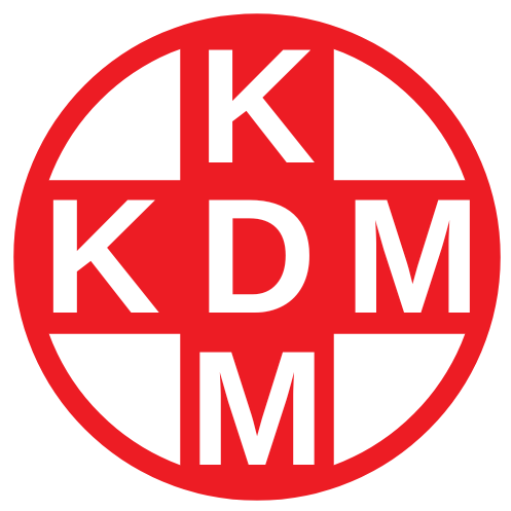
Overview:
Cholecystectomy is the surgical removal of the gallbladder, a small organ that stores bile produced by the liver. This procedure is commonly performed to treat gallstones, which can cause pain, inflammation, or infection.
Causes:
Gallstones, which may form due to excess cholesterol, bile salts, or bilirubin, are the primary reason for cholecystectomy. Other conditions, such as cholecystitis (inflammation of the gallbladder) or pancreatic inflammation, may also necessitate surgery.
Symptoms:
Symptoms indicating the need for cholecystectomy include severe abdominal pain (especially in the upper right quadrant), nausea, vomiting, and digestive issues after eating fatty foods.
Treatment:
Cholecystectomy can be performed using minimally invasive laparoscopic techniques or open surgery, depending on the severity of the condition. Postoperative care includes pain management and dietary adjustments.
Precautions:
Patients should discuss any underlying health issues with their surgeon before surgery. Following the procedure, it’s essential to adhere to dietary recommendations and report any unusual symptoms to healthcare providers.
Prevention:
Maintaining a healthy diet, regular exercise, and managing weight can reduce the risk of gallstone formation and the need for cholecystectomy.
For expert surgical care in cholecystectomy, visit KDM Hospital in Lucknow. The hospital offers comprehensive facilities, including ambulance services, budget-friendly options, Ayushman card acceptance, and 24/7 doctor availability.
